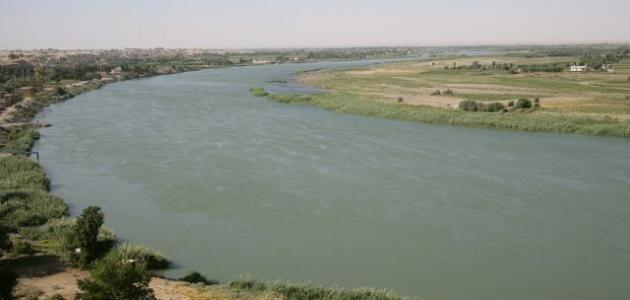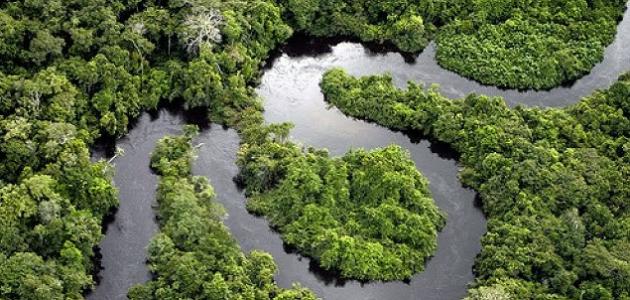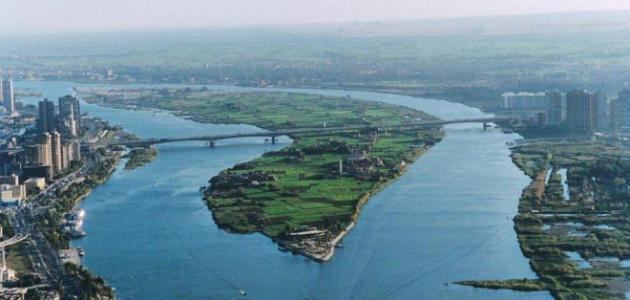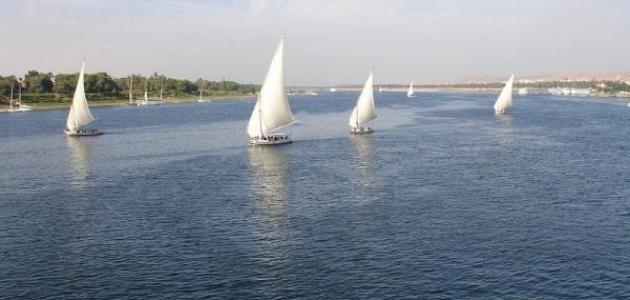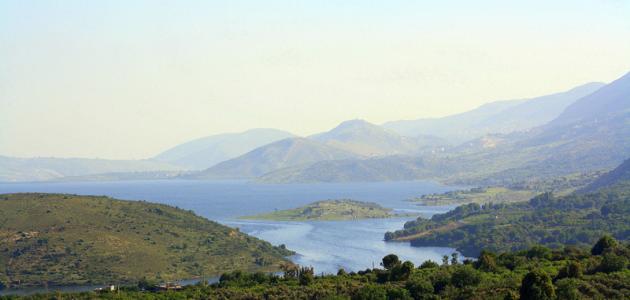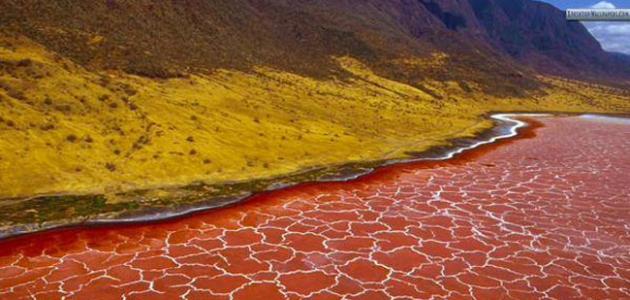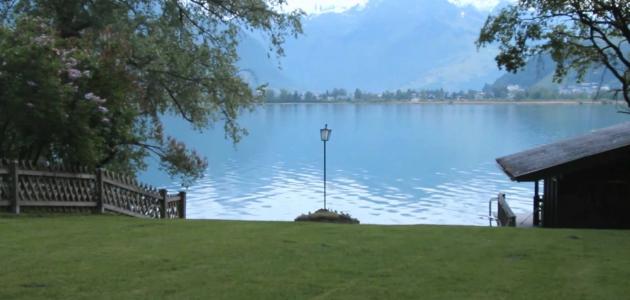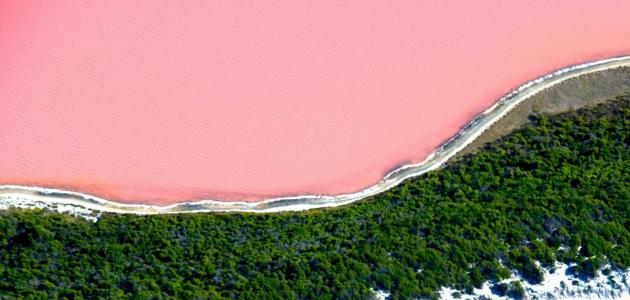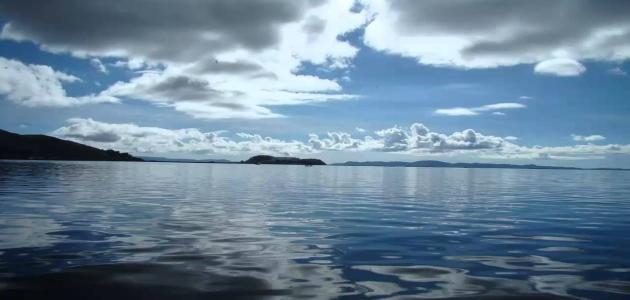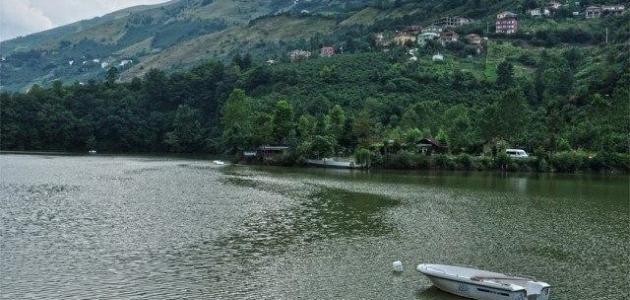The mouth of the Euphrates River
The Euphrates River is one of the large rivers in South Asia. It is one of the transiting rivers that passes through more than one country. It originates in the Taurus Mountains in Turkey. The river begins its journey from the confluence of two rivers: the Murad Su River, which originates in the mountains of Armenia, and the Kara Suu River, which originates in the Anatolian Plateau. These two rivers meet in one stream and head west, penetrating the Taurus Mountains into Syrian territory, forming the Euphrates River.
Trace the river's course
When the river enters Syrian territory, it is fed by several rivers, such as the Khabur River and the Malikh River. The river reaches the Syrian Raqqa region, then the Deir ez-Zor region, and exits from the city of Albukamal located on the Iraqi border. The river’s journey begins in Mesopotamia in the lands of Anbar, then the areas of Babylon, then Karbala. , Najaf, and Diwaniyah. In these plains, the speed of the river’s flow decreases, and its course expands, forming the marshes, which are considered a swampy area. The Euphrates River, along with the Tigris River, takes the form of a wide body of water called the Shatt al-Arab. The two rivers flow for a distance of 120 km until they empty into the Arabian Gulf. The Euphrates River is cut from From its source to its mouth, it covers 2940 km, including 1176 km in Turkey, 610 km in Syria, and 1160 km in Iraq.
The economic importance of the Euphrates River
The fertile soil located along the course of the river played a major role in the development of humanity in general, as the first human practice in agriculture was on the banks of this river due to the availability of all natural conditions suitable for agriculture, from fertile soil deposited by the river on its banks to a moderate climate. The Euphrates River is considered a source of fishing. For the peoples of the region since ancient times and still is.
Read also:Where is the River Thames located?Many water dams have been built to expand horizontally in agriculture, reclaim larger areas, and generate electrical energy. In Turkey, 22 dams and 19 electrical stations were built, and the largest of these dams is the Ataturk Dam, the founder of modern Turkey. Five dams were also built on the riverbed in Syria for the same purpose. .
Three countries share the waters of the Euphrates River, and there are no collective agreements to distribute shares between these countries. This currently constitutes a point of contention between these countries, and they are competing to build dams and transfer part of the river’s water to their lands.
River islands
Every river tries hard to deepen its course, especially when its capacity is great. However, the nature of the rock composition varies from one region to another, which leads to the formation of gorges or small islands filled with water, called septic tanks. The septic tanks are abundant along the course of the Euphrates River, forming a dense vegetation cover that is difficult for a hand to reach. For humans, these plants are considered a suitable environment for the presence of animals and birds, as if they were a natural reserve in which all forms of biodiversity are represented.
Read also:Where does the Indus River flow into?